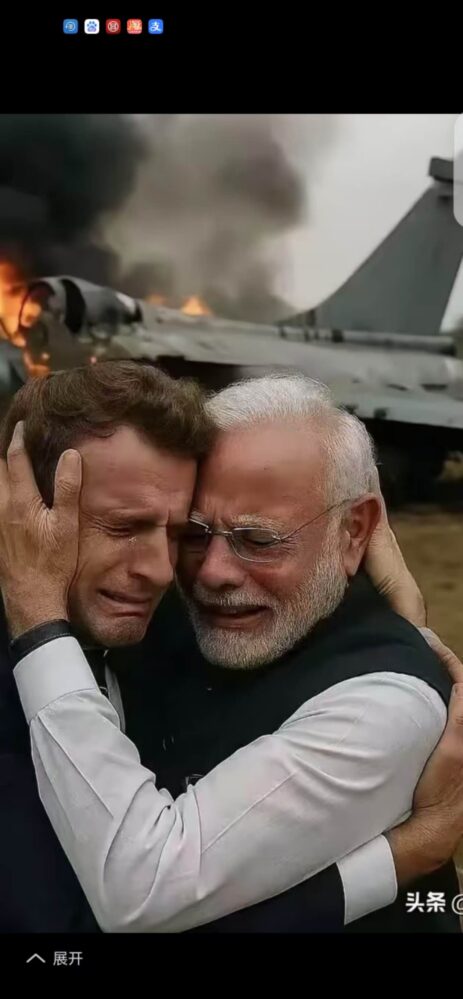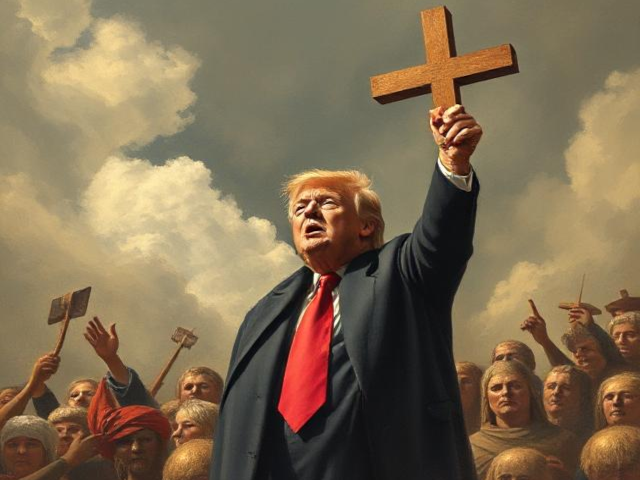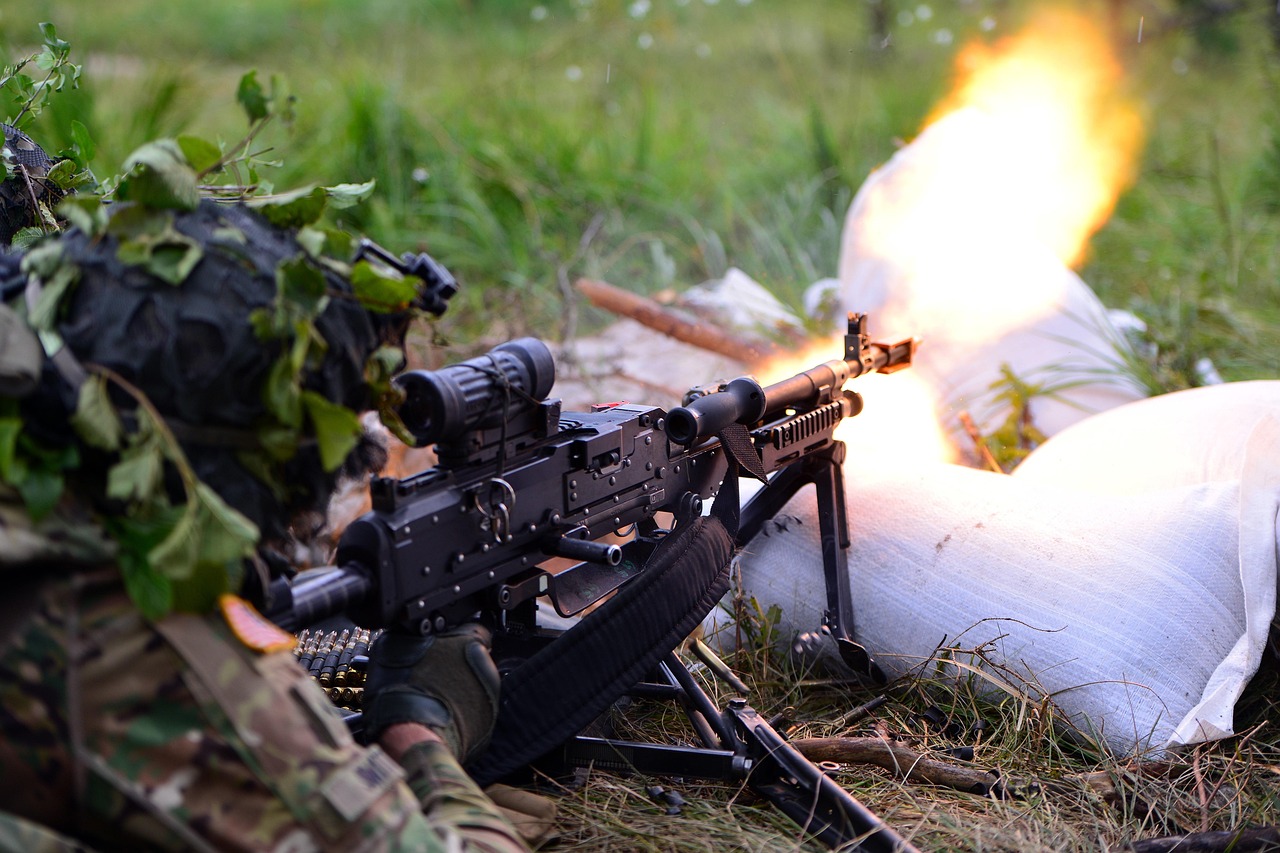
BRI, BRICS, and the US retreat are fraying the old global order and kindling sudden flare-ups. China needs essential reforms to lead the world, but they are tricky. The US could make it, but its bets are high risk. Is everyone sleepwalking into destruction like before WWI?
The recent brief but violent clash between India and Pakistan came from nowhere and proves the extreme volatility of the historical moment. It started in the middle of some deep, long-term trends taking shape – the beginning of an alternative world order driven by the parallel wax of BRI (China’s Belt and Road Initiative) and BRICS (the cooperation started by Brazil, Russia, India, China, and South Africa) and the wane of the US global system.
The clash didn’t shake the BRI or BRICS despite conflicting agendas with member countries in the organizations. Pakistan is in the BRI and is supported by Beijing. India is in the BRICS but with growing friction with China. The two often incoherent organizations weather these tensions well, perhaps a testament to their weakness. Yet they also grow as elements of a new post-US-centered world order. Their most ambitious goals—such as establishing trans-Eurasian direct land routes or replacing dollar dominance—are far-fetched. Yet, they add new signatories almost daily, possibly eager to probe new venues and tired of the old ones.
So far, the US has responded with its MAGA project. It patently claims that the US is declining (otherwise, why would it seek to Make America Great Again?) and casts doubt on its own multilateral institutions (NATO, the UN, or the EU—or pulling out of aid to Ukraine). It has raised tariffs, creating barriers—perhaps even more against friends than against foes. It bets that this change will impress a new movement to the whole world by restarting the US manufacturing engine.
Beyond any intention, combining these two diverging trends moves countries out of the American orbit and into the range of its main rival – China – the protagonist of both BRI and BRICS.
Popular memes in Beijing portray the brief India-Pakistani clash as a strategic defeat for European technology versus Chinese technology. Chinese fighters, notably the new Chinese J-20s, sold to Pakistan prevailed against Indian air force French-made Rafale jets, prompting Indonesia to reconsider its purchase of French aircraft.
It marks China’s second technological breakthrough after the feats of its DeepSeek AI. Chinese pundits also argue that they won the tariff confrontation with the US as they forced Washington to lower its tariffs and seek a compromise before Beijing gave up. Although the reality could be more complex, this narrative could buoy Chinese confidence in a critical time and increase US troubles soon.
A few steps?
As America withdraws to rebuild itself, perhaps Beijing could win its race in a few simple steps that would address global concerns about Beijing.
It could announce political reforms that liberalize the country and democratize the political system. The People’s Republic of China (PRC) would have a political system like the rest of the developed world.
It could grant complete freedom to Hong Kong to empower its stock market, which could then rival Wall Street. It could declare a plan to make the RMB fully convertible within a few years and open its markets, thus soon becoming the largest market in the world, dominating all consumption and production.
It could forge new alliances with neighbors, trading territorial claims with India, Japan, Southeast Asian countries, and Taiwan in exchange for closer political and military cooperation. It would transform its main weakness, surrounded by a score of semi-hostile nations of some three billion people, into the gravitational center of 60% of the global population.
These steps, implemented over a few short years, could make China a great superpower. However, they are arduous for internal reasons.
With political liberalization, the Communist Party would lose or need to redefine its power. Market liberalization would require raising workers’ salaries, creating different domestic and international dynamics—boosting domestic consumption but reducing exports. Real agreements with neighboring countries could challenge Chinese nationalism.
These are very tricky, and the super-cautious Chinese leadership would most likely shy away from them—giving the US time to reconsider and develop a more effective global approach.
Moreover, Beijing seems to miss an international touch. It poured salt on the wounds rather than mending fences with India after the clash with Pakistan. It reasserted India’s border claims with a fresh list of Chinese names in Arunachal Pradesh, Zangnan in Chinese, an Indian state. The message seems to be: “India, you’ve been beaten—accept your lot and bow down.”
It’s unclear how India will receive this message—will it accept the neighbor’s influence or respond with greater defiance?
This message could be irritating for India and the entire world. Beijing has sacrificed an opportunity to draw India and part of the world closer by showing an understanding of their troubles. Possibly, Beijing believes it’s essential to display strength rather than weakness to its counterparts. While this may work within a traditional Sinic cultural context, it may backfire with countries with different mindsets.
Still, China’s technological and military rise—coupled with its missteps and America’s efforts to demolish its own order—creates an unprecedented global volatility that can ignite conflicts at any moment.
Global uncertainty
European countries, led by the UK, France, Germany, and Poland, seem eager to patch up what the US is leaving behind. French President Emmanuel Macron has expressed openness to stationing French nuclear weapons in other European nations in case the US atomic umbrella was to be withdrawn. EU security could evolve, especially with Turkey, possessing the second-largest NATO army after the US, becoming Europe’s strongest defense on the southeastern front.
The efforts are no substitute for American withdrawal. The US’s outreach to Saudi Arabia and Qatar (which hosted and armed Hamas terrorists) has created new friction points with Israel. Turkey and Israel remain at odds over Syria—now under Ankara’s influence. Tensions between Turkey and Israel overshadow NATO and the EU, which traditionally support Israel and are hesitant to choose sides. America’s recent objectives may boost the American markets in the short term but demolish the old American systems.
The leading European powers do not share a unified voice or coordinated foreign policy that could effectively step in the many agendas. They are unsure how to handle Ukraine, especially since decades of distraction depleted their military forces and industrial capacities.
The scenario misses the central strategic theatre – Asia. There is no UK or France that could replace the American atomic umbrella. So, some countries may decide to arm themselves, starting an unprecedented nuclear race.
South Korea, Japan, and the Philippines are increasingly concerned about China. At the same time, Vietnam, Indonesia, Bangladesh, and Thailand are uncertain about navigating the current international environment.
This recipe for growing chaos suggests that many conflicts could flare up even short of nuclear war, as it happened with India and Pakistan. Everyone should brace themselves. Yet, like on the eve of WWI, very few are mentally prepared, focusing instead on the recent stock surge boosted by what remains a tariff truce, not a lasting tariff peace.
America’s goal seems to motor the economy until the midterm elections next year, secure a victory, and, in the meantime, have trillions of foreign investments pouring in to restart national industrialization and create millions of new jobs. From there, it could rebuild a new US-centered world order. But it’s a high-stakes gamble. There are no clear plans or international consensus for getting there. Quite the opposite: there is widespread international disagreement among US allies about American policies, and it all could fail to pay off.
Because of their culture, the Chinese possibly have different options in different scenarios. Others, ambitious medium powers like Russia, could potentially simply wager on chaos where their strategic cunning could prevail. They are competing bets that multiply the hazards.
US President Donald Trump is correct in seeking peace and a pause amid the many ongoing wars in Ukraine or the Middle East. He successfully brought a quick stop to the India-Pakistani fight and cut a compromise on tariffs with China. But many things are still hanging by a thread.
The US and the world need time and peace of mind to try and sort out the ongoing unraveling. But nobody should waste the pause if and when it comes. Still, there is no peace in Ukraine or the Middle East, nor is there any real peace in sight despite the unrelenting efforts. The present chaos needs a positive spin, and trying to reconcile some contrasting goals or many other things could go haywire. The next few months will be crucial to gauge the situation, hedge the bets, and develop better assessments of whether BRICS and BRI are beefing up or not and the US has stopped retreating.









